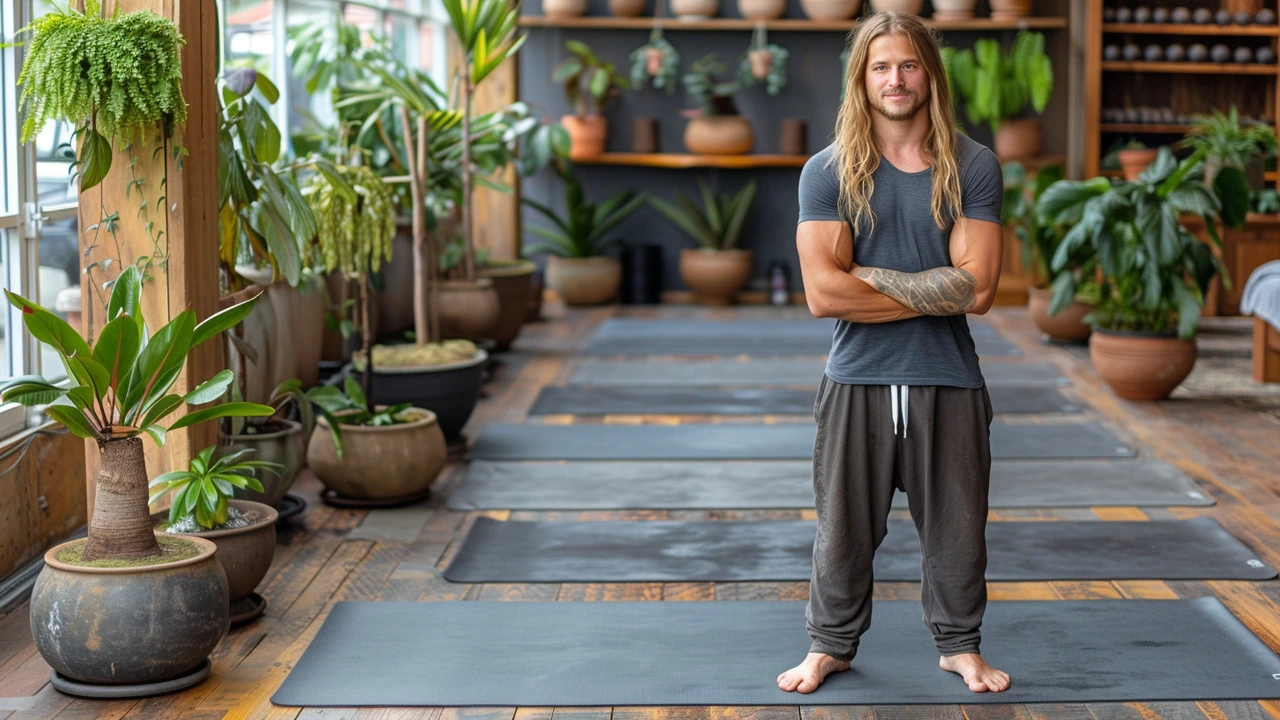Health improvement with massage and bodywork you can actually use
Want faster pain relief, better sleep, or less stress? Massage and bodywork are simple tools that help—when you pick the right type and use them smartly. This page pulls together practical tips from therapies like acupressure, Hellerwork, Feldenkrais, Amma, and hilot so you can make choices that actually improve your day-to-day health.
First, know what you want. Are you fixing posture, easing chronic pain, reducing stress, or recovering after workouts? Different methods shine in different areas: Hellerwork and Rolfing focus on alignment; trigger point or deep-tissue work targets tight muscles; Feldenkrais and bioenergetics improve movement and energy. Match your goal to the therapy.
How to choose a therapy and a therapist
Look for experience with your issue. Ask therapists how they’d handle your specific problem and what results to expect in 4–6 sessions. Check credentials and read short reviews—real client notes on pain changes or mobility gains matter more than long bios. If you have health conditions (surgery, blood clot risk, pregnancy), tell them up front. A good therapist will adjust techniques or refer you to a doctor.
Price and frequency matter. For chronic problems, weekly or biweekly sessions for a month then spacing out works well. For general stress relief, once every 2–4 weeks usually keeps benefits going. Don’t expect one session to fix a lifelong issue—plan a short series and track real signs: sleep quality, range of motion, pain scores, or mood.
Simple things you can do at home
Use acupressure points for headaches and stress—press the web between thumb and index finger for 30–60 seconds to ease tension. For sore shoulders, try gentle Feldenkrais-style slow movements to retrain how your muscles work. Apply hot or cold packs after sessions depending on soreness—heat before gentle movement, ice for sharp inflammation.
Keep a short recovery routine: 5–10 minutes of mobility work, hydration, and sleep. Small habits add up: walk 10 minutes after a massage to help circulation, do a 2-minute breathing routine to extend relaxation, and note one improvement each week to stay motivated.
Red flags: sharp pain during treatment, numbness that doesn’t fade, or feeling faint are reasons to stop and seek medical advice. Good therapists will listen and slow down. If a clinic pressures you into expensive packages without a clear plan, walk away.
Want quick wins? Try a warm stone session for winter blues, acupressure for tension, or a gentle Ortho-Bionomy visit for chronic pain. Use this page as a guide to match the method to your goal, ask smart questions, and build simple daily habits that keep the work you get in the clinic working at home.

The Unseen Benefits of Myofascial Release Therapy
Hey guys, have you heard about Myofascial Release Therapy and its unseen benefits? Through this post, I'm hoping to shed some light on this versatile therapy that offers health improvement and relief from chronic pains. Unnoticed and intangible as these benefits may seem, they manifest in various aspects of our lives. Put the brakes on your schedule and join me as we delve into this fascinating and beneficial topic.

Hellerwork: A New Era of Body Wellness
As a health and wellness enthusiast, I recently started exploring Hellerwork—a holistic therapy that has noticeably transformed my well-being. This article provides an in-depth dive into the world of Hellerwork, revealing how it opens a new era of body wellness. From personal experiences to detailed explanations of the techniques and their benefits, this post gives a comprehensive insight into what to expect when you decide to step into the world of Hellerwork. Stay tuned, and let's explore together this journey towards better health.
Categories
- Health and Wellness (148)
- Alternative Therapies (86)
- Massage Therapy (40)
- Travel and Culture (15)
- Beauty and Skincare (9)
- Holistic Health (8)
- Health and Fitness (5)
- Spirituality (5)
- Other (2)
- Personal Development (2)
Popular Articles

Hammam: An Ancient Ritual for Modern Relaxation
Aug, 6 2023


